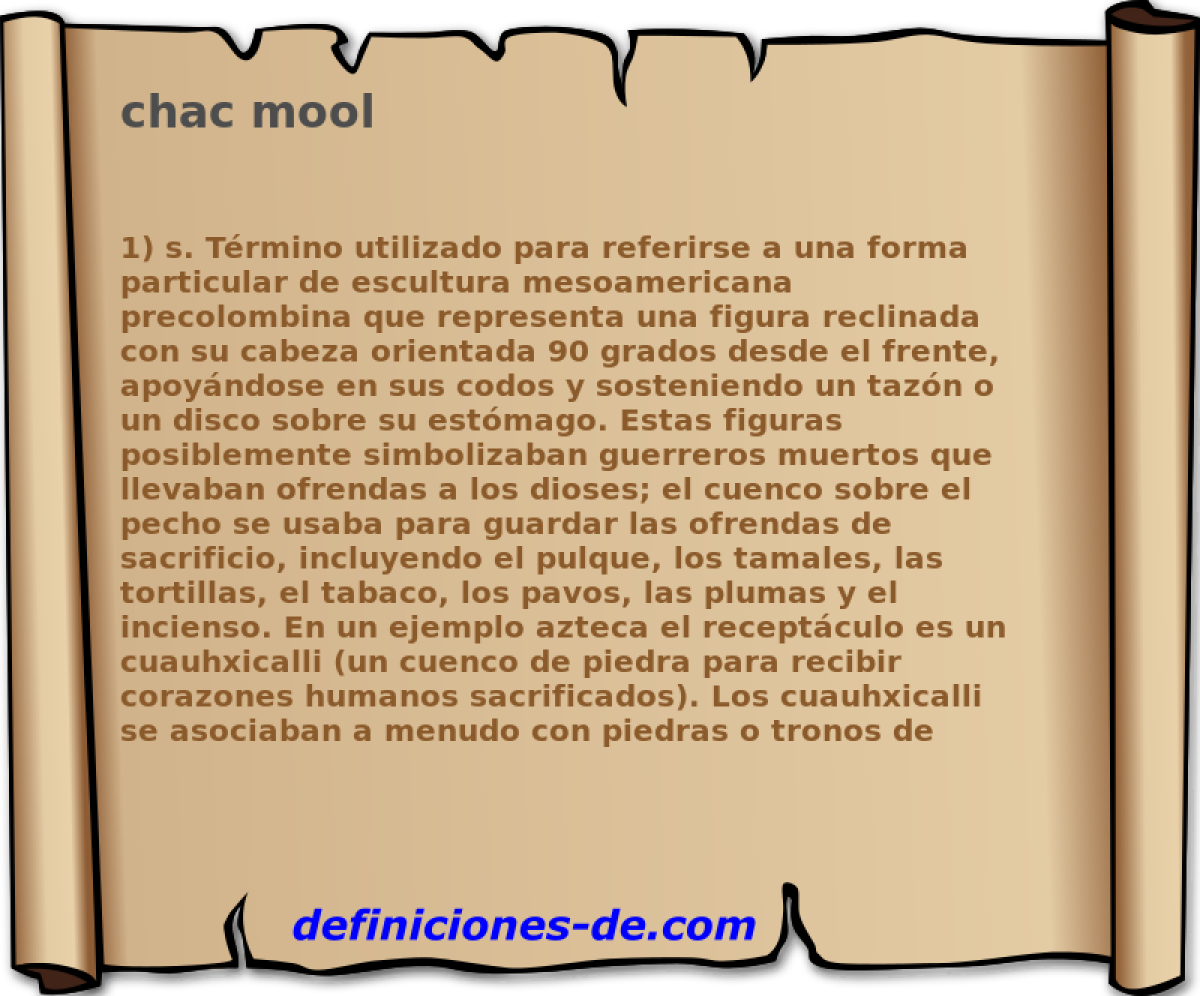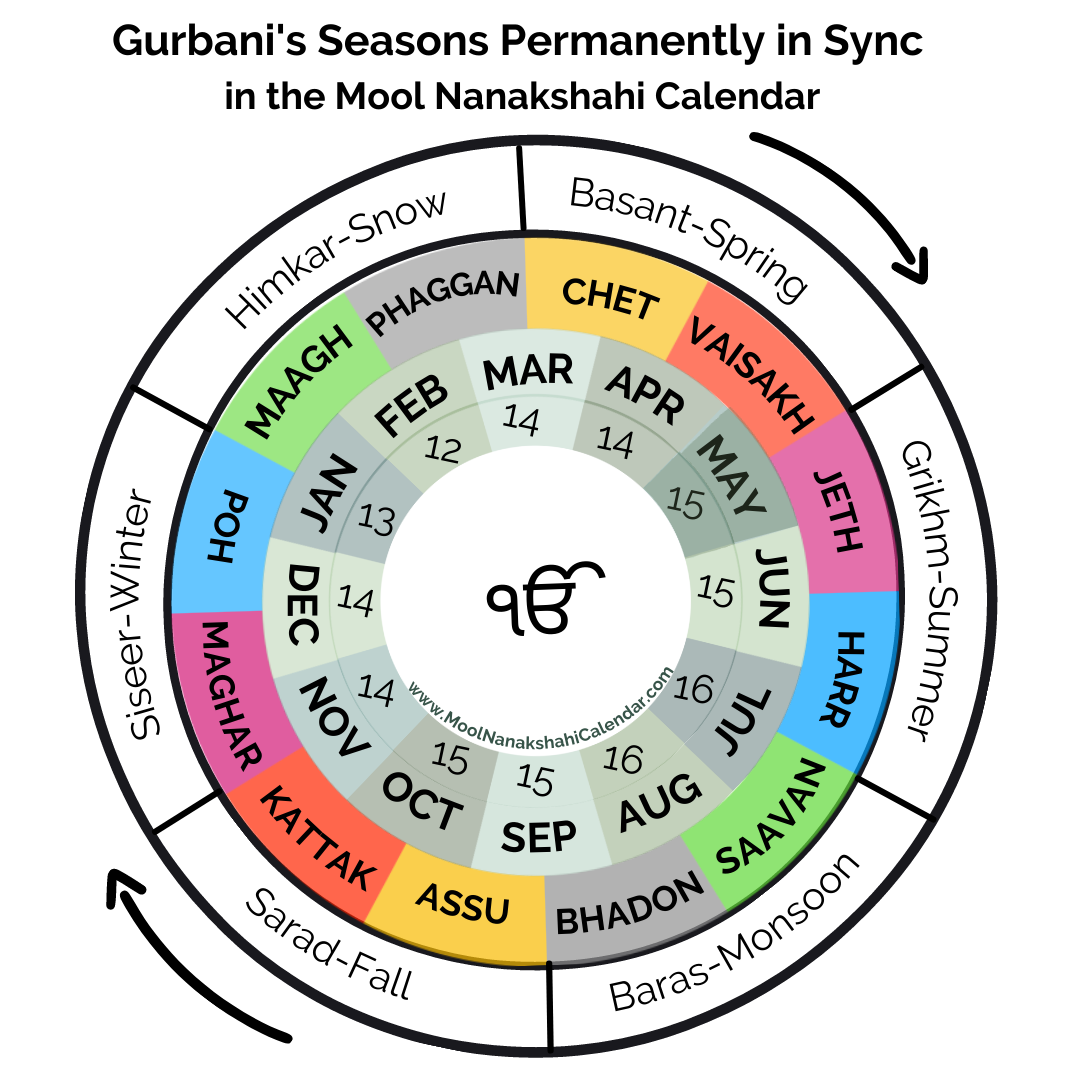


Varios ejemplares se han encontrado en Tollan-Xicocotitlan y Chichén Itzá, este hecho es uno de los argumentos utilizados en los debates sobre las relaciones entre estos dos sitios. A chacmool is a form of pre-Columbian Mesoamerican sculpture depicting a reclining figure with its head facing 90 degrees from the front, supporting itself. Este tipo de estatuas hizo su aparición en Mesoamérica al inicio del posclásico, y es asociada a los toltecas. No debe confundirse con Chaac, dios maya de la lluvia. El nombre significa "gran jaguar rojo" y se ha vuelto usual y se mantiene por ello su utilización por los arqueólogos. The opening story, Chac-Mool, bristles with mystery and horror and. El término fue acuñado en 1875 por el explorador Augustus Le Plongeon, quien observó este tipo de esculturas por primera vez en Yucatán, por ello propuso un nombre en maya yucateco. Peter Calvert made no real effort either to provide the British people with. Chac mool es un tipo de esculturas precolombinas mesoamericanas que aparecen al principio del Período Posclásico en diversos sitios de la región. It’s a precious piece, of natural dimension, and although the merchant insists on its originality, I doubt it. In addition, other pieces are known from Ihuatzio, Quiriguá, Cempoala and the Templo Mayor of Mexico-Tenochtitlan, among others. Mool in the junk shop to which Pepe directed me. Several specimens have been found in Tollan-Xicocotitlan and Chichén Itzá, this fact is one of the arguments used in the debates on the relations between these two sites. This type of statues made their appearance in Mesoamerica at the beginning of postclassic, and is associated with the Toltecs. Not to be confused with Chaac, Mayan god of rain. The name means "great red jaguar" and has become usual and is therefore used by archaeologists. The term was coined in 1875 by the explorer Augustus Le Plongeon, who observed this type of sculptures for the first time in Yucatán, for that reason it proposed a name in Mayan Yucateco. Chac mool Chac mool is a type of pre-Columbian Mesoamerican sculptures that appear at the beginning of the Postclassic Period in diverse places of the region.


 0 kommentar(er)
0 kommentar(er)
